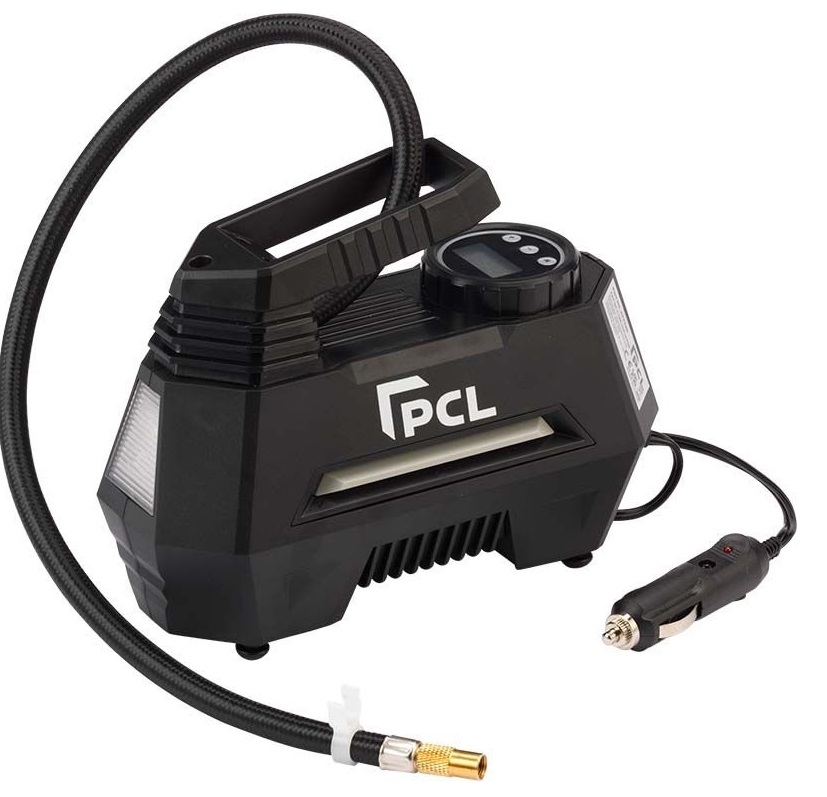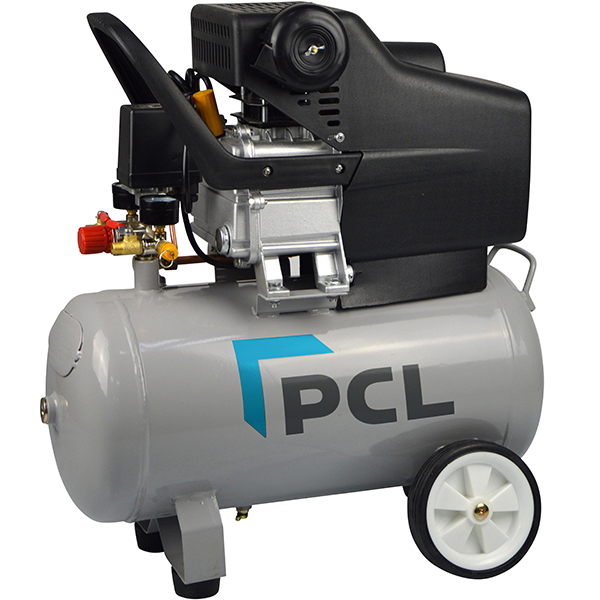Compressors
WHICH COMPRESSOR IS RIGHT FOR ME?
That depends on what you will be using it for and whether your application is occasional or professional continual use. You should therefore begin by checking the CFM (Cubic Feet per Minute) to see what flow rate each compressor releases, as this relates to the suitability of the compressor to the type of job. For example, if it’s for a nail gun/impact wrench which will be used for short periods of time a lower CFM would be sufficient; whereas a tool to be used continuously, such as a paint sprayer or sander, would need a higher CFM. Regardless of the required flow rate, always look for the best-rated CFM output with the lowest dB (decibel) output at the lowest HP (Horse Power).Four factors to consider
Does noise volume matter?
Compressors by nature are noisy. A piston compressor can emit up to97dB, which could be uncomfortable for long periods of time. If high noise volumes are an issue there are lower-rated compressors which typically start with a 60dB output. These are usually called “oil-less” or
“silent” compressors.
CFM (FAD/Actually delivered) V CFM (Displacement)
These are the two common terms used to describe the Cubic Feet per Minute of a compressor. CFM (Displacement) relates to what the output from the machine’s pump and receiver should be in theory. In practice, once the air begins its journey it will naturally slow down. This is then measured as CFM (FAD). This could be critical to the usage of a tool that is on the cusp of Displacement and FAD. It is important to establish how much CFM your air compressor needs to produce in order to power all your air tools, so be sure to check the CFM in the catalogue or tool manufacturer’s manual. If you plan to run more than one tool at the same time the CFM of each tool should be added together.
Consider the tank size
This is always a priority focus as smaller tanks are suitable for lighter applications and larger ones are required for heavier/industrial duties. Compressor tanks (receivers) can start as low as 6ltr and go up to 200ltr. Our handy table below demonstrates how many seconds a tool will
run with various size compressors. In general, if you will be using air tools that require continuous air, such as a sander, then you should consider an air compressor with a larger tank. If you’re using a tool, for example, a drill that operates in short bursts, 6 seconds may be enough,
therefore a smaller compressor will suffice.
Belt driven or direct drive compressor
Direct drive compressors are more reliable, powerful, cost-effective and easier to maintain, but if you need to adjust the compressor’s speed and power, then a belt driven compressor might be the better option.





